The Athole House Studio
Self-Isolation Artist Residency
30th March 2020 - 7th November 2021
|
|
Over my career I have taken part in many artist residencies in various parts of the world; I have even organised and run a residency program myself. 2020 has brought new challenges to us all, I however intend to treat these challenges as opportunities. With this in mind today, the first day of my self-isolation having arrived back from my studio in the Untied States last night, I I launch my new blog which will become an integral part of this website as I redesign is over the coming weeks.
Artist Residencies give artists the space and perhaps more importantly the time to make new work; I intend to treat my time in self-isolation in the same way that I would if I were on an artist residency in another studio in another part of the world. Athole House Studio maybe one of my home studios but for me it is a work space, and lets face it, we all now have the time. |

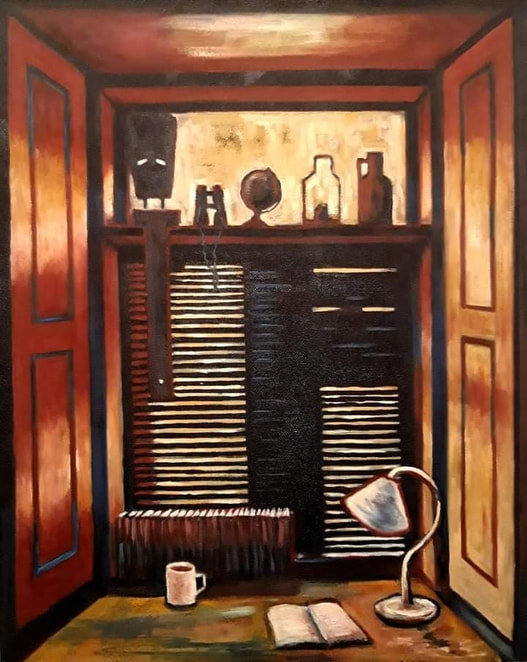
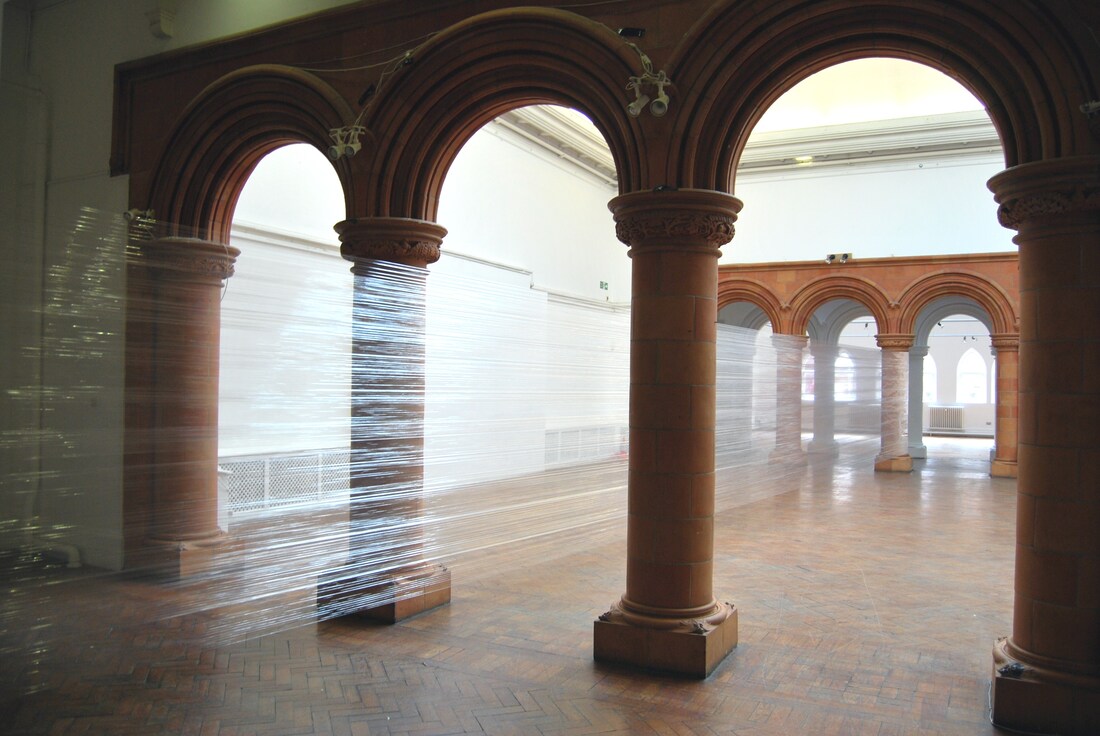
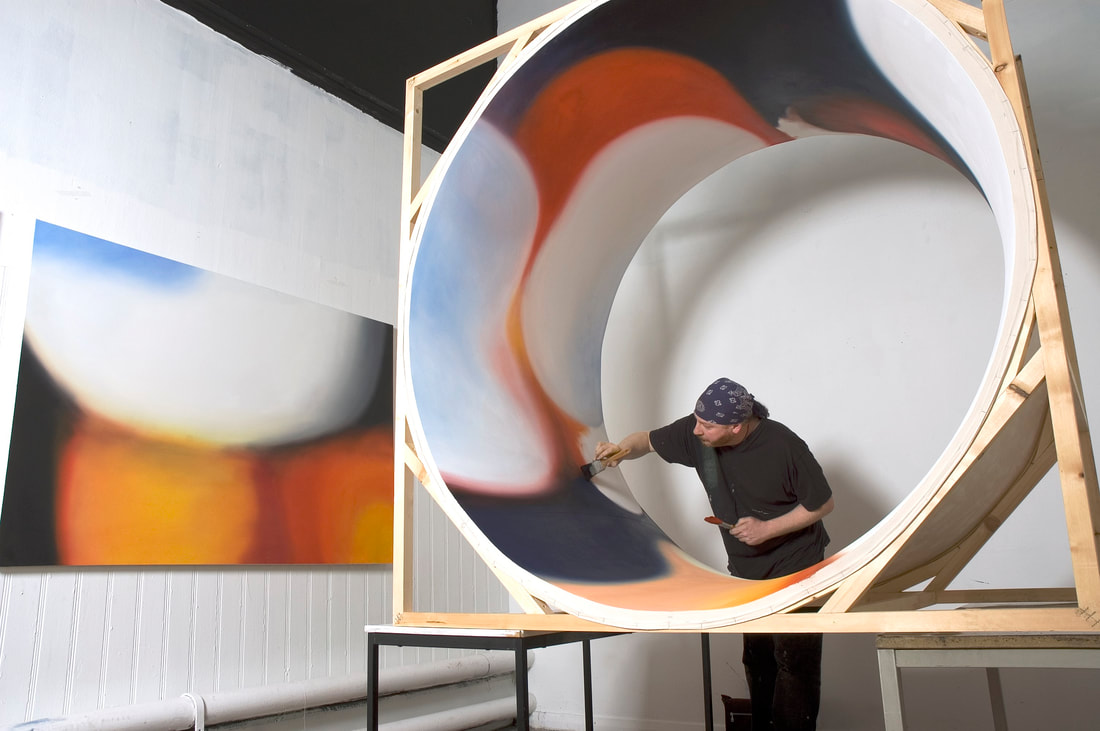
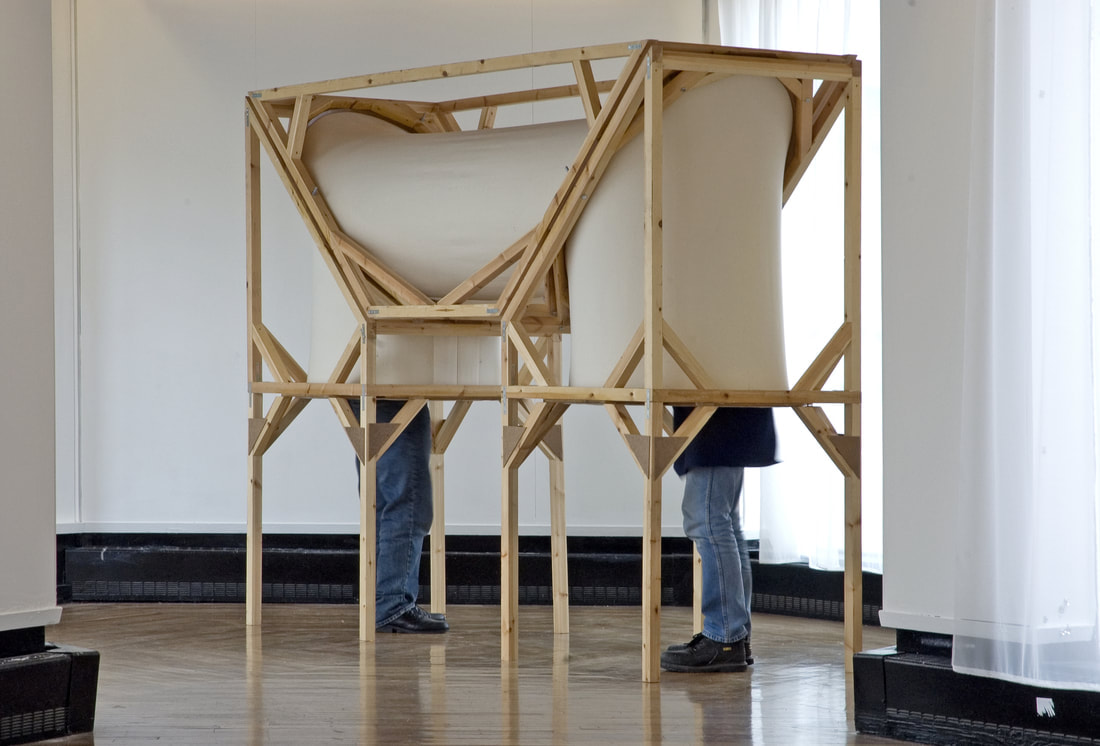
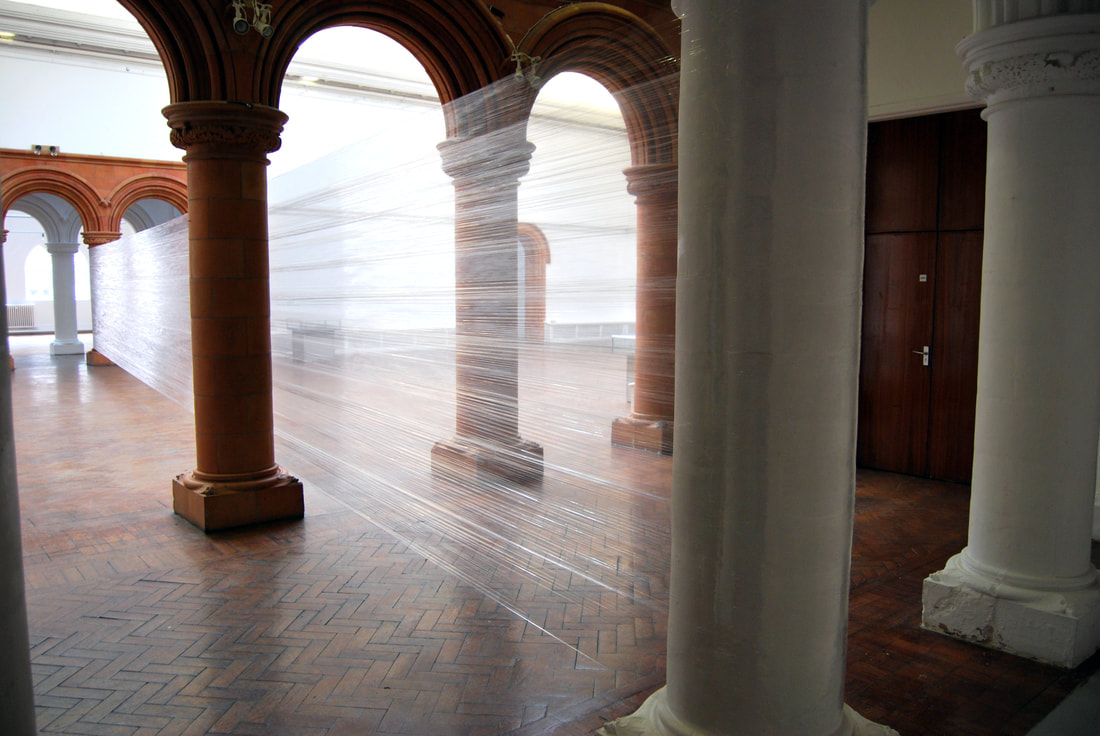
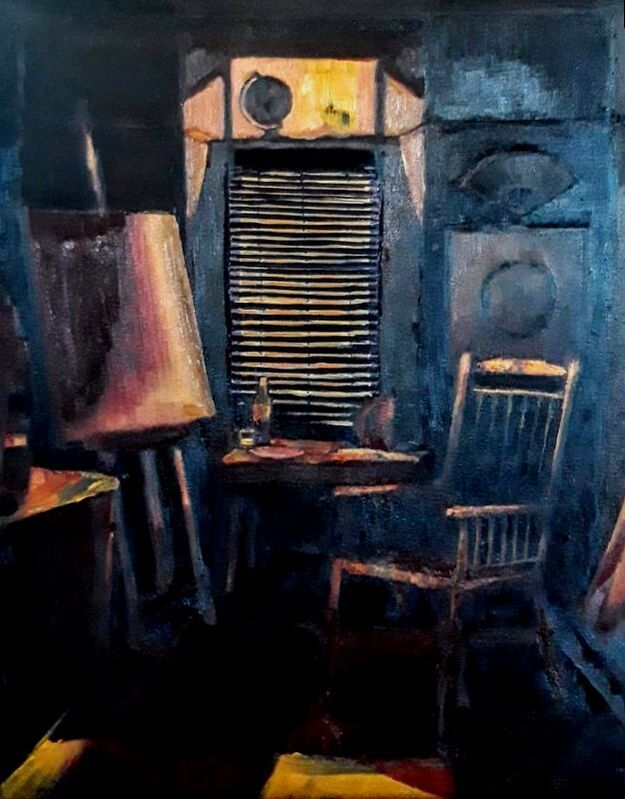
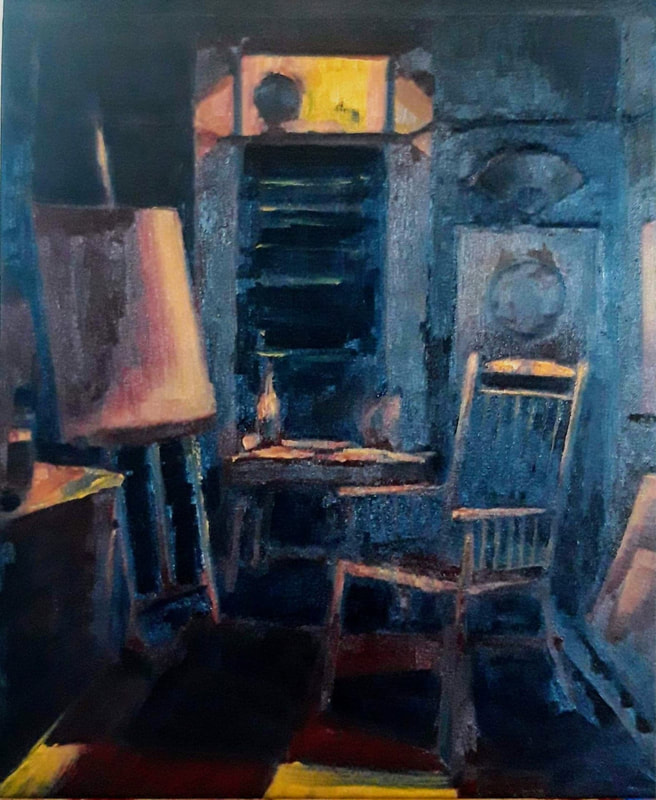
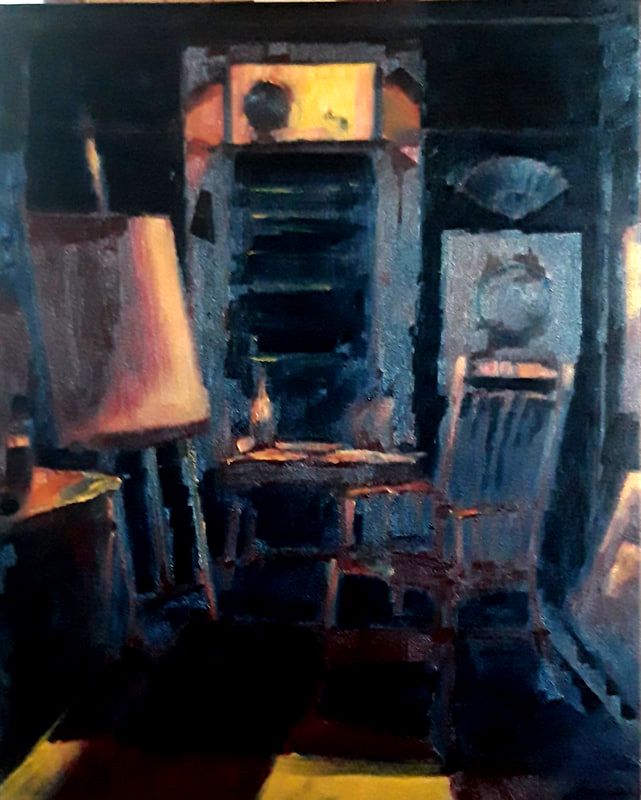
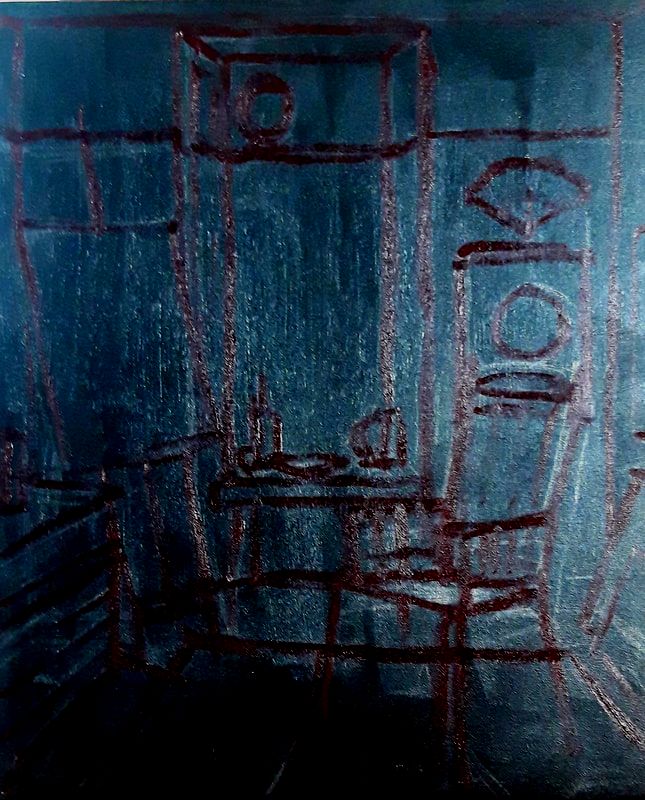
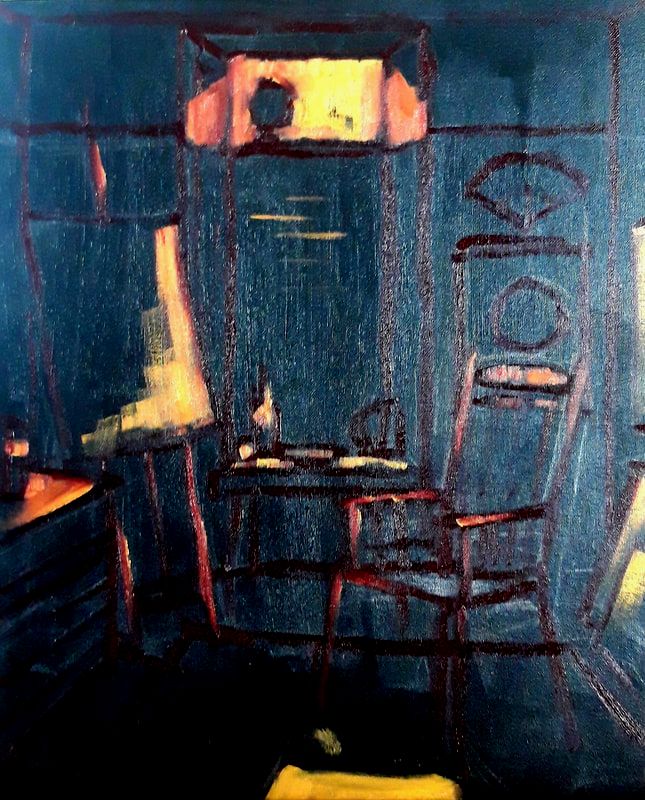
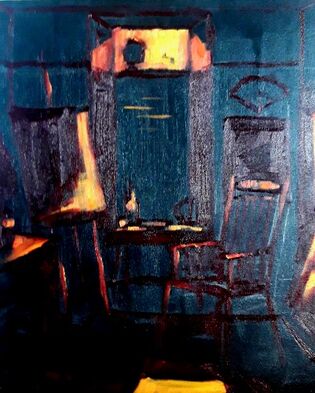
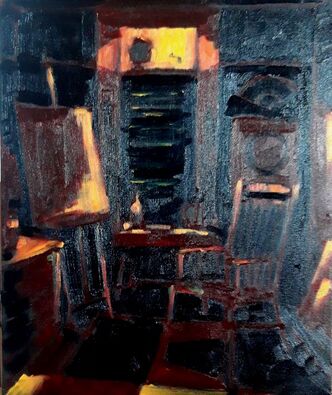
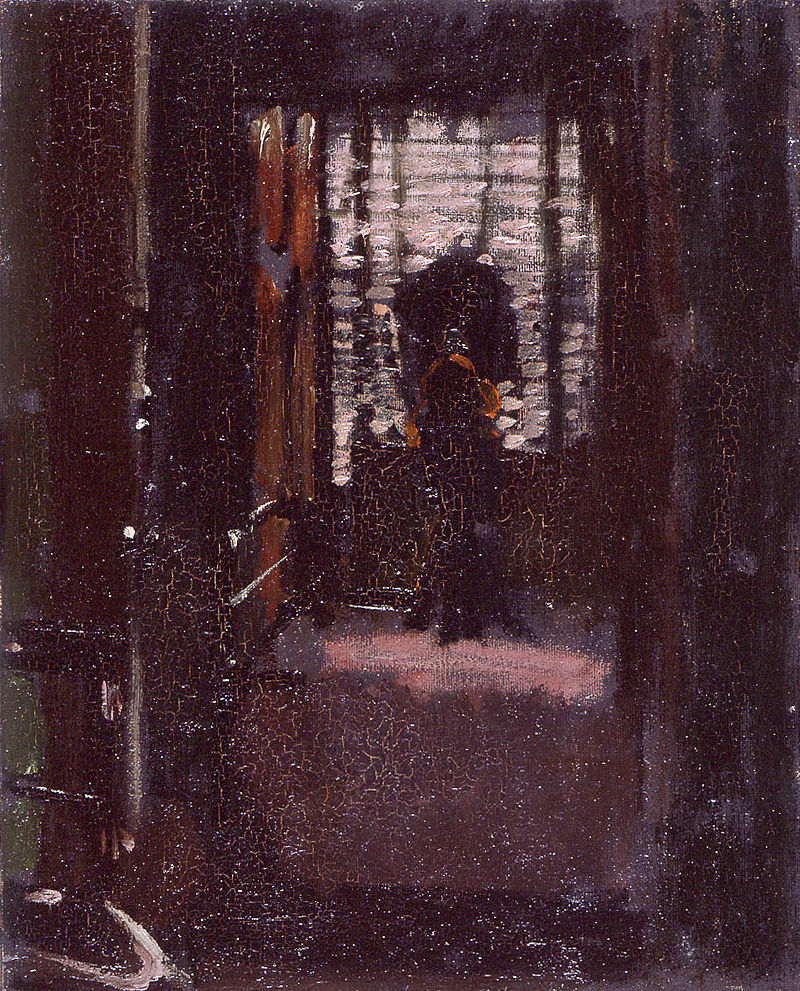
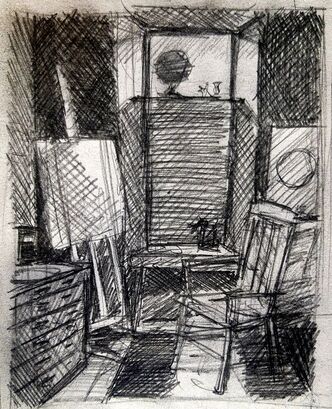
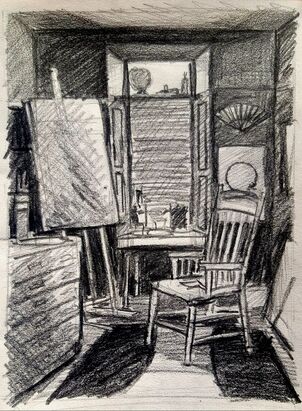
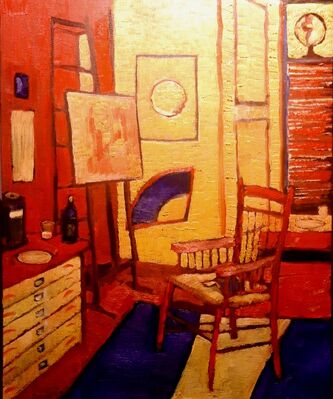
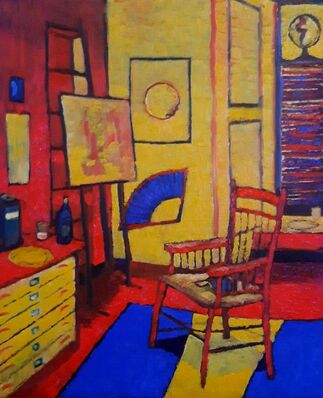
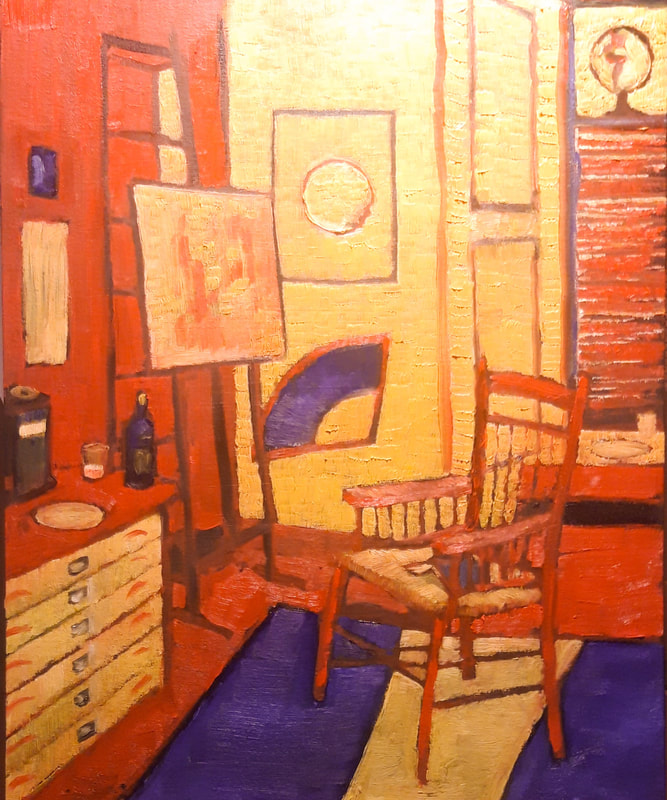
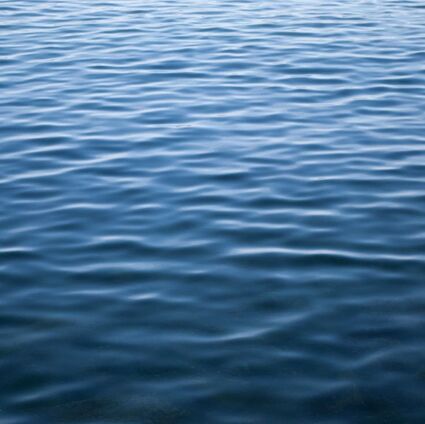
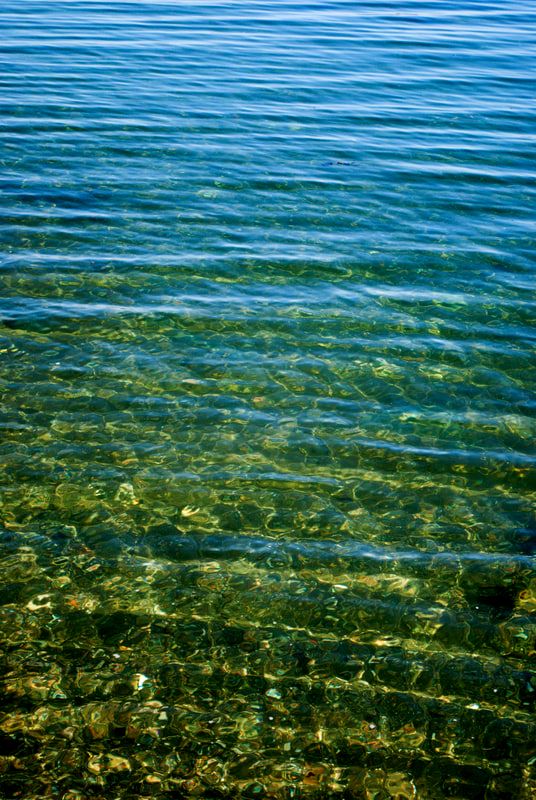
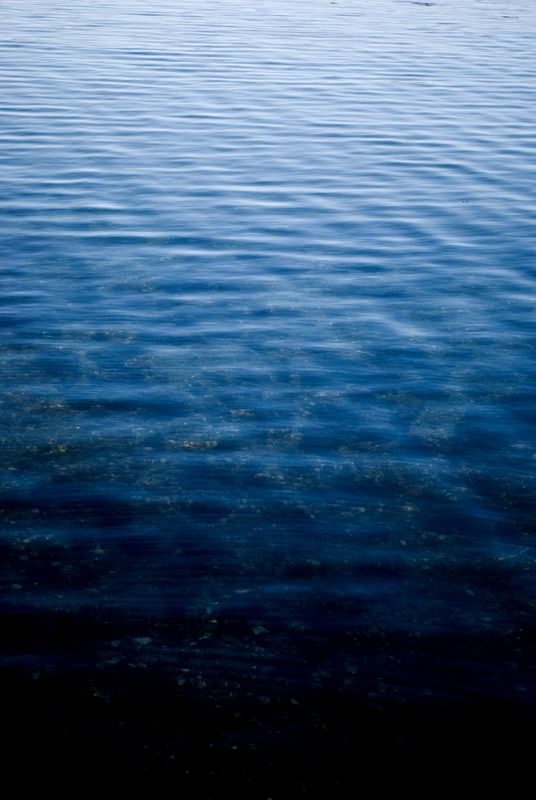
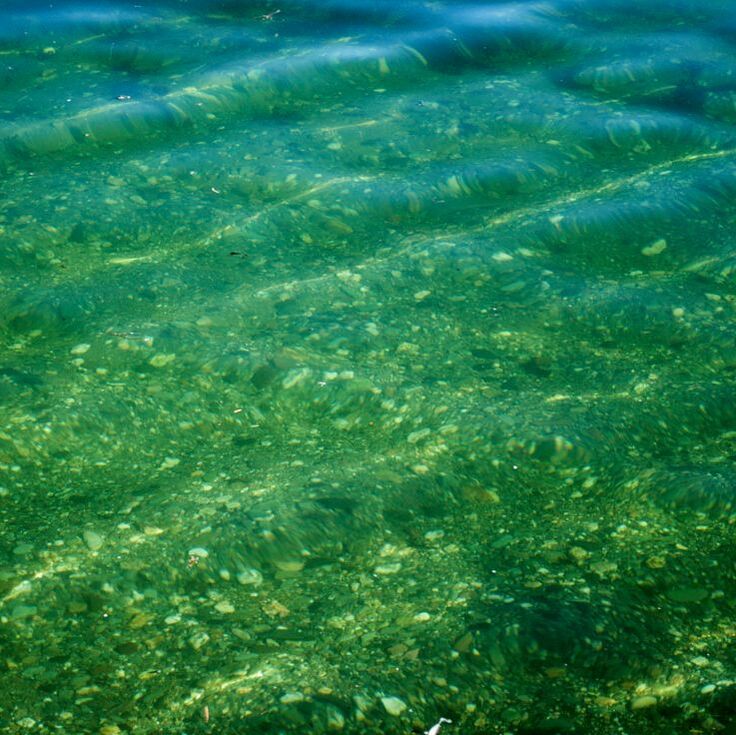
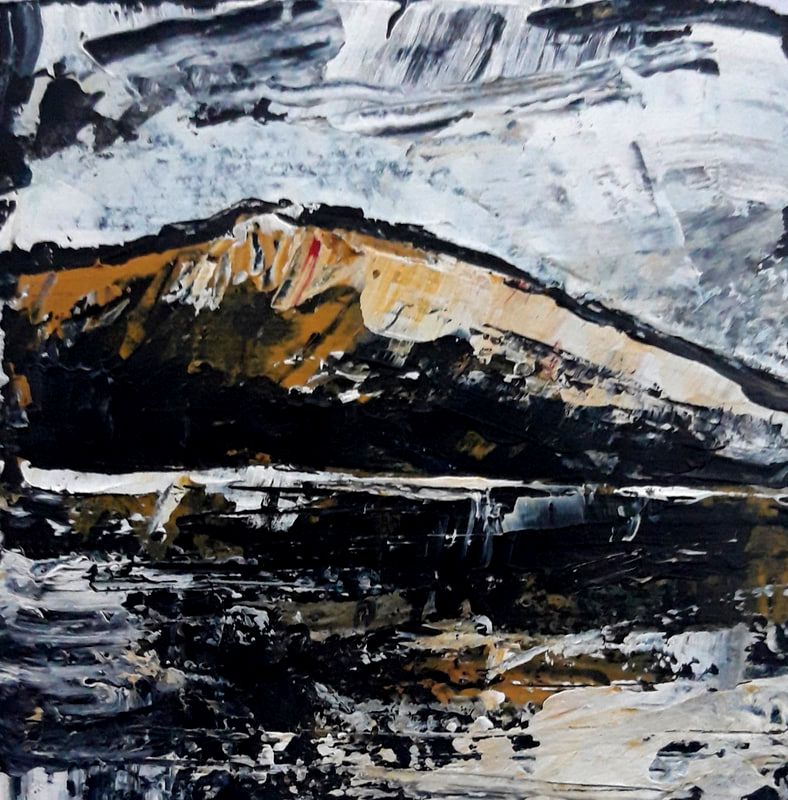
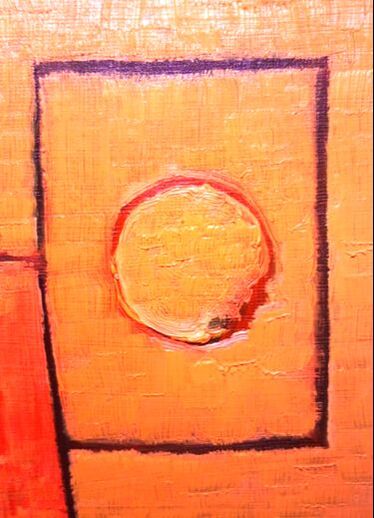
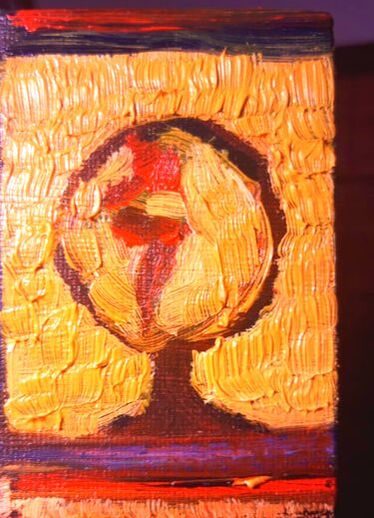
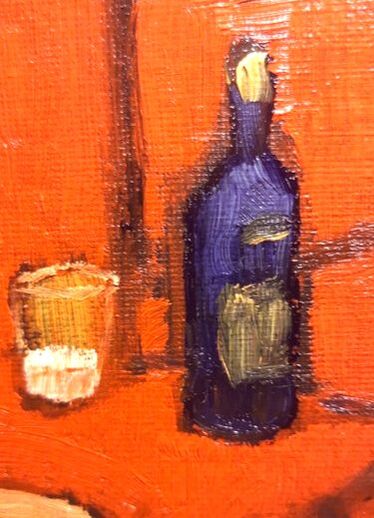
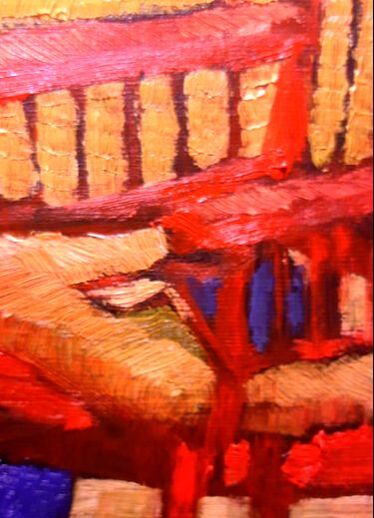
 RSS Feed
RSS Feed